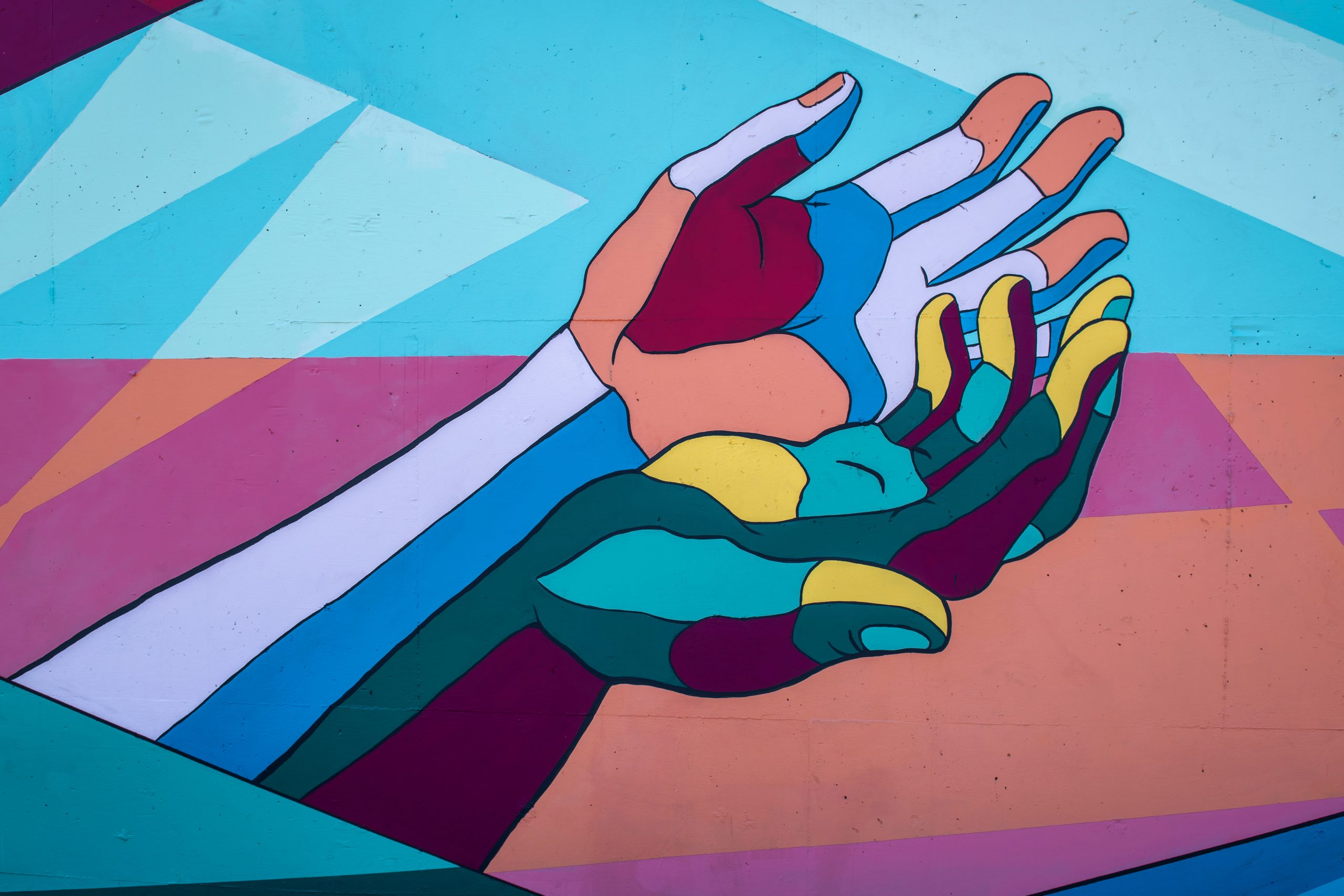OMD MENA’s head of strategy, Alejandro Fischer, discusses how technology and empathy should work in parallel to uncover the true desires of your consumer.
The minute we become marketers or take a marketing-adjacent role, we stop being a consumer. It is a hard pill to swallow; we are sure we still think as a consumer, but we do not. According to the 2019 ‘Empathy Delusion’ report by Reach Solutions, “There is a persistent belief in the industry that we have stronger empathy or that we are trained to overcome our biases. But it turns out we are more likely to be driven by these biases than the modern mainstream.”
Our intentions are good, but the truth is that we operate in our own echo chamber because we surround ourselves (professionally and personally) with people who share similar views and access the same information as us, and when we need to speak to consumers that don’t behave or think like us, we struggle. If we look at Global Web Index (GWI) and compare people in an advertising/marketing function with the average population of the UAE, we can see huge differences in the way people in our industry consume media, purchase goods and engage with technology, compared with the mainstream. In other words, we act and think very differently from the man on the street. We as marketers are excited by all the technological tools we have at our disposal to reach and interact with our consumers, but we don’t always stop and think whether that’s what we should be doing. We believe in a world where consumers are dying to engage with the virtual reality (VR) experience of a laundry detergent, a world where consumers go around the city scanning QR codes and would much rather spend their time watching branded content than their favourite shows. Some do, most do not. This empathy gap doesn’t only manifest itself in the way we activate, but also in the way we approach marketing-driven solutions based on our interpretation of what people value and stand for.
While it is in many ways harder to make better planning decisions on behalf of our clients, we’ve never been so equipped to challenge our assumptions and overcome our biases. Never have we had so much access to what consumers are thinking and doing, and how they truly interact with brands. But with great data comes great responsibility. This is where empathy comes in.
Empathy is a compass that helps us navigate the complex decisions between what we could do and what we should do. We tackle every brief by looking to understand the people we want to reach, by putting ourselves in their shoes and seeing the world through their eyes. Empathy alone will never be enough, and we are privileged at OMD to have access to more than 15,000 signals using our precision market and insights platform, OMNI. With an almost infinite choice of information, the role of empathy is to prioritise what we look at, based on the specific problem we are trying to solve. Mapping this is only the first stage. If you were a fly on my office wall you would find scribbles of matrices across endless whiteboards. The second is to add the hypotheses that challenge any pre-existing audience assumptions. It takes a lot of conscious effort and front-of-mind acknowledgement to avoid biases. When working on an audience exercise, I like to use Post-It notes to break down what we think we know and what we actually know about the person we are trying to reach.
Empathy is not a philosophy; it is the way in which we interpret the data and uncover the multiple truths hidden within it. But it is only once we combine empathy and signals that the magic truly happens (for us this is the marriage of our empathy-driven process and OMNI). Because, once we isolate audience opportunities and problems to solve, we can stress-test our hypothesis by modelling the consumer experience, make our findings actionable by turning insights into highly targeted and addressable audiences, and apply statistical rigour to our understanding of how consumer behaviours drive brand and business results. This audience-centric approach does not only apply to understanding and addressing consumer needs; it is at the core of how we define success.
Empathy in action
We use empathy to separate what we measure from what matters and measure long-term vs. short-term success based on real human impact vs. vanity metrics. We do this to ensure we can optimise based on how consumers truly reacted and interacted with our messages vs. how we wished we performed. We pay a lot more attention to brand health impact, the quality of our interactions and what our consumers do post-click.
When we take time to truly understand our audiences, we can create more value, and when we combine this with evidence and data-based solutions, we drive performance and growth. Compelling value creation can only happen when we merge data-based solutions with evidence to uncover deeper insights into our audiences, which in turn drives performance and growth.


